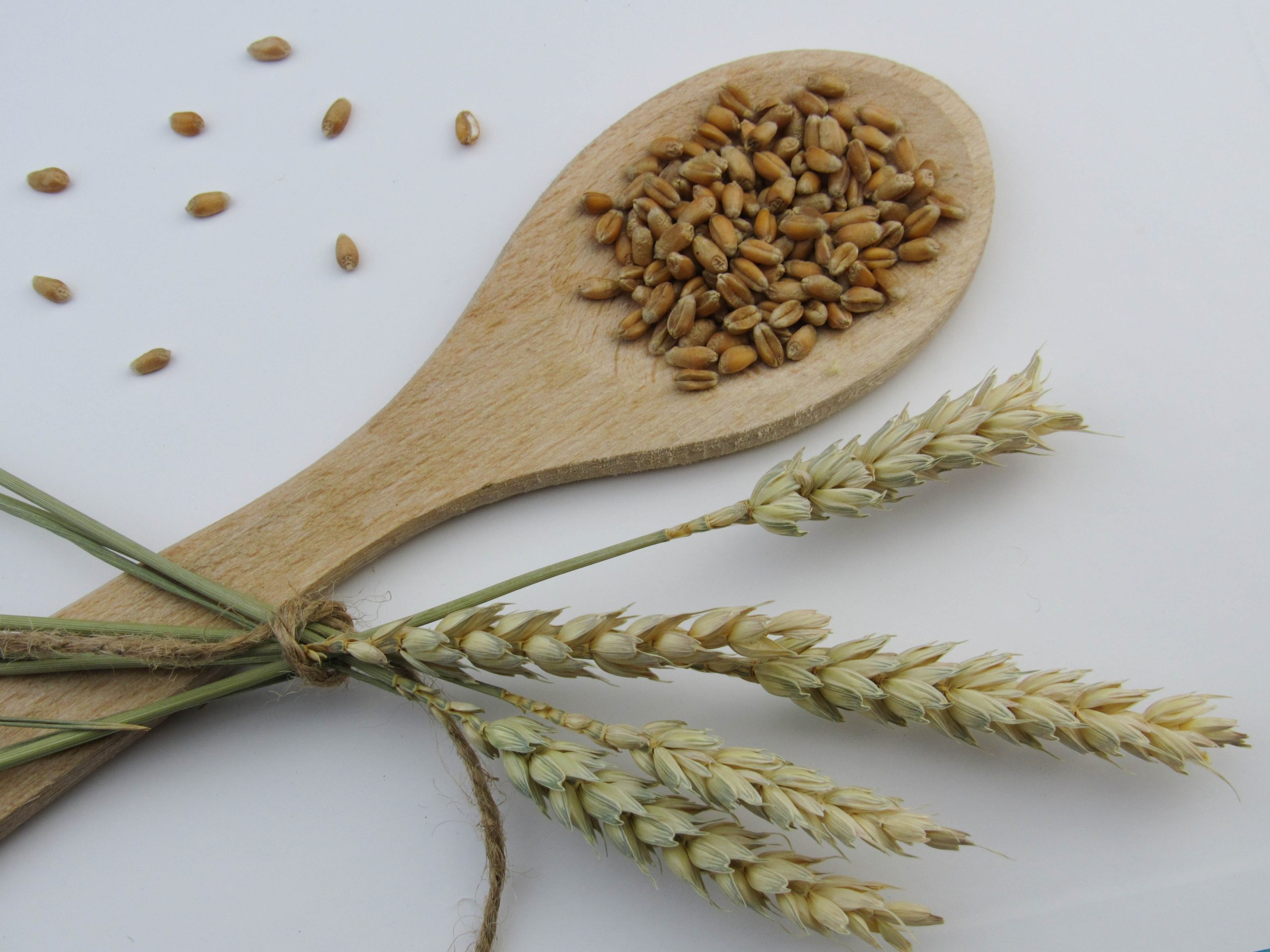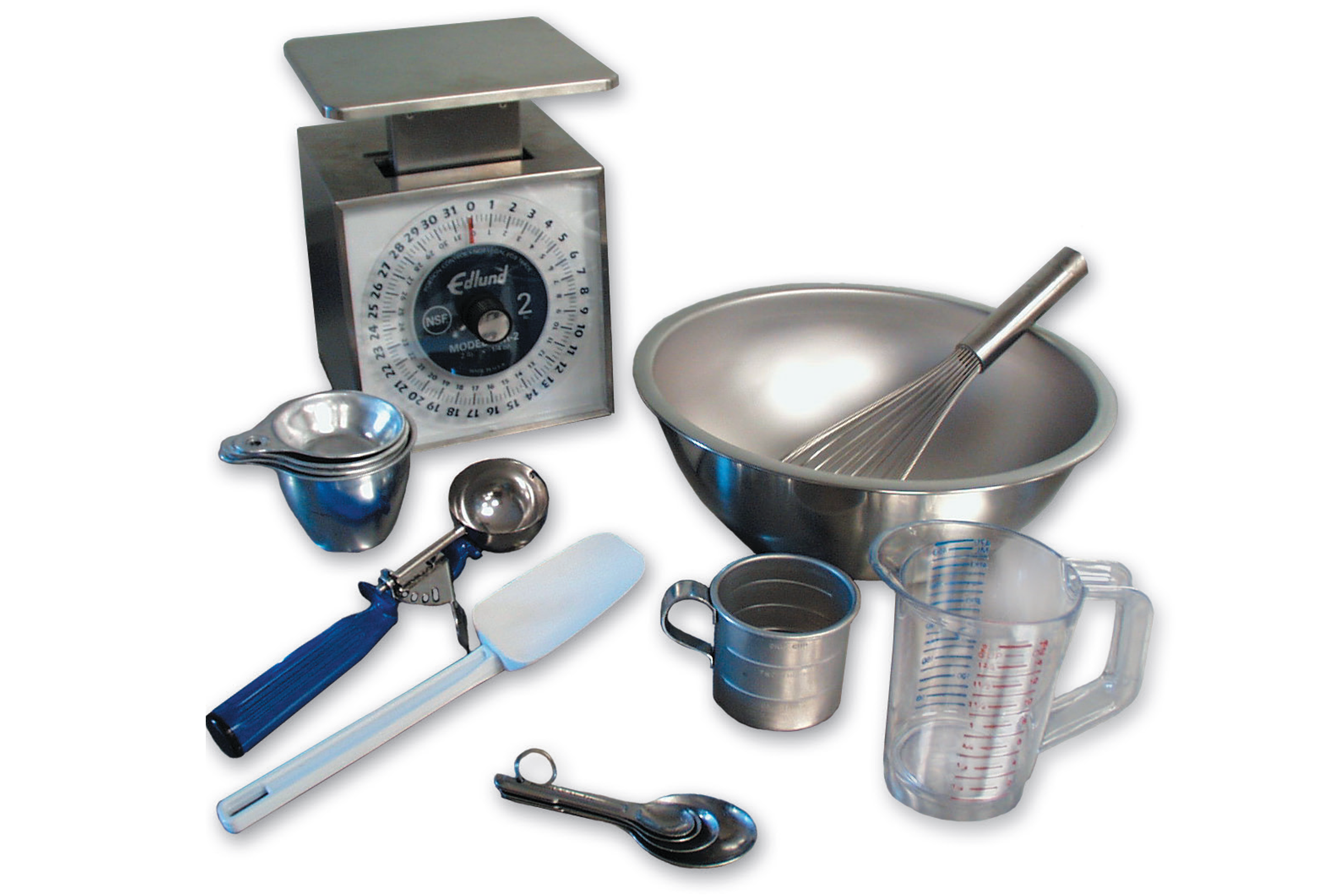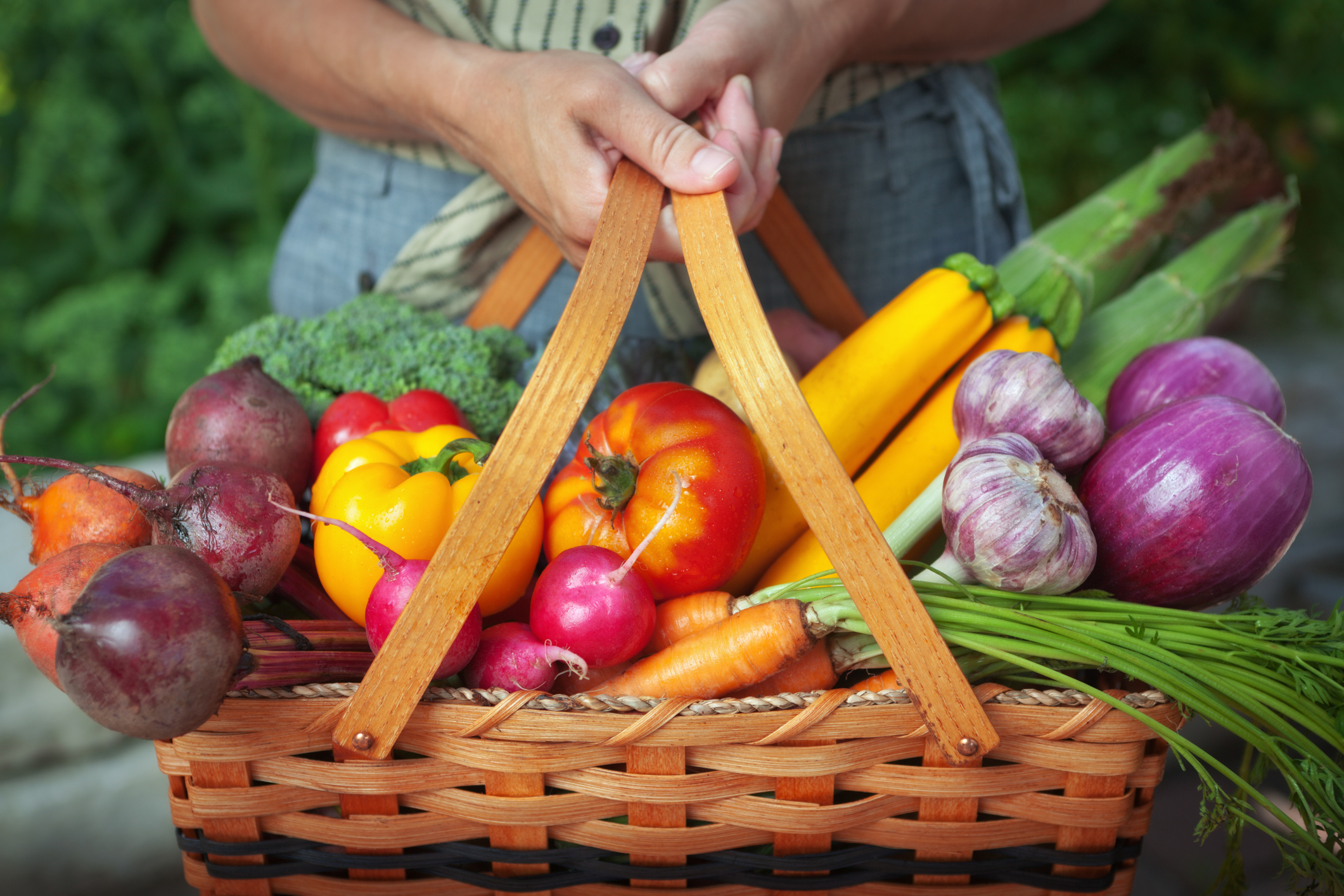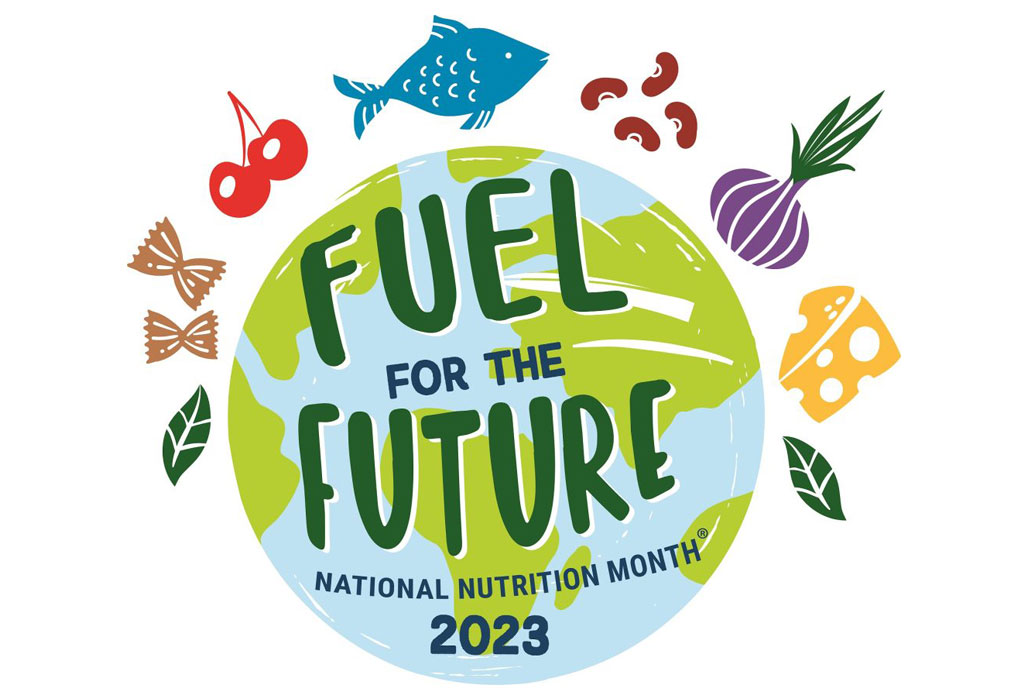

May Food Themes
May has several food themes related to the Child and Adult Care Food Program (CACFP) meal pattern. Keeping children, especially picky eaters, interested in healthy eating can be a challenge. Consider using some of these themes in your menus to help build excitement for trying new foods.
National Salad Month

Salads can sometimes have a reputation for being piles of vegetables that only adults want to eat. Salads provide an excellent opportunity to create colorful, flavorful dishes packed with important nutrients. Include a variety of vegetables, fruits, cheeses, and nuts. Salad dressings provide further opportunities for creativity and flavor. Celebrate National Salad Month and spark adventure with USDA MyPlate’s Chicken, Rice, and Fruit Salad.
National Salsa Month

“Salsa” translates to the word “sauce” and comes in a wide variety. While we typically think of salsa as the condiment made with tomatoes, onions, and chiles, it can contain an assortment of vegetables, fruits, beans, herbs, and spices. Salsa is very versatile and can be used in a wide range of dishes. Encourage children to try foods (without pressuring them) and dive into a new world of colors and flavors with USDA MyPlate’s Farmers Market Salsa.
National Strawberry Month

May is National Strawberry Month, providing a perfect opportunity to feature this fruit that is packed with nutrients and low in calories. Strawberries are an excellent source of vitamin C, vitamin A, iron, fiber, and folic acid. Sweet in taste, strawberries can be eaten on their own or added to a salad. They also provide flavor and nutrients to many desserts. Give your children a sweet and nutritious treat with USDA MyPlate’s Fruit Pizza.
National Herb Week: May 3 – 9

The word “herb” refers to any green or leafy part of a plant used for seasoning and flavoring a recipe but not used as the main ingredient. Herbs have aromatic properties that enhance the flavor and fragrance of many of our favorite dishes. Some examples of herbs include basil, rosemary, dill, thyme, and parsley. While it is common to use salt, sugar, and butter to add flavor to dishes, herbs and spices provide a healthier, lower-calorie, and lower-sodium alternative. Utilize herbs to pack flavor into your potatoes with USDA MyPlate’s Roasted Herb Potatoes.
What’s in Season in May?
Fruits and vegetables always taste better when they are in season in your area and are harvested closer to the peak of freshness than those that spend a lot of time in shipping, possibly traveling thousands of miles. This section features several in-season fruits and vegetables. Consider including some of this produce in your menus this month.
Spring is in full swing, bringing a long list of fruits and vegetables in their peak harvest season. Some in-season fruits include apricots, cherries, mangoes, pineapples, and strawberries. In-season vegetables include asparagus, lettuce, okra, radishes, and zucchini.
Pineapples are a sweet tropical fruit that can be consumed fresh or cooked. Pineapple juice can be used to add sweetness to many recipes. Somewhat intimidating in appearance, pineapples have a hard, spiky exterior protecting a bright yellow, juicy interior. Pineapple can sit at room temperature for a few days before serving, and it becomes softer and juicier with time. However, it is perishable and should be closely monitored for spoilage. While pineapple is delicious on its own or in a fruit salad, consider something a little more adventurous and celebrate National Salsa Month with Pineapple Salsa. This recipe also incorporates fresh herbs and would be appropriate for National Herb Week.
Radishes are a crispy, crunchy vegetable that reach their peak of freshness in April and May. They can be red, pink, white, or purple and come in many different shapes and sizes. Radishes become spicier with maturity and are an excellent source of vitamin C, fiber, and potassium. Keeping with our theme of trying new things, introduce children to radishes and other vegetables with USDA MyPlate’s Crunchy Vegetable Wraps. This recipe is highly customizable, so let your sense of adventure run wild!


May is a month with several themes, creating plenty of opportunities to get creative and encourage children to try new things. Capitalize on your children’s curiosity and show them how fun it is to try new things!
General Theme Ideas
Use decorations that incorporate an explorer or adventurer theme: think Indiana Jones or Dora the Explorer! Get your compasses, maps, and adventure bandana out and on! What other theme ideas can you think of that would bring out the adventurer in your children?
References
Academy of Nutrition and Dietetics. (2021, January 18). 8 ways to get picky eaters to become more adventurous. Kids Eat Right. https://www.eatright.org/food/nutrition/healthy-eating/8-ways-to-get-picky-eaters-to-become-more-adventurous
Asthma and Allergy Foundation of America. (n.d.). Pineapple salsa. Kids with Food Allergies. https://www.kidswithfoodallergies.org/recipe-page.aspx?Recid=1403
Stuhler, R. (2020). Picky eating in children—a comprehensive review. Today’s Dietitian. https://www.todaysdietitian.com/newarchives/0220p40.shtml
U.S. Department of Agriculture, MyPlate. (2021). MyPlate kitchen. https://www.myplate.gov/myplate-kitchen
U.S. Department of Agriculture, MyPlate. (n.d.). Chicken, rice and fruit salad. https://www.myplate.gov/recipes/supplemental-nutrition-assistance-program-snap/chicken-rice-and-fruit-salad
U.S. Department of Agriculture, MyPlate. (n.d.). Crunchy vegetable wraps. https://www.myplate.gov/recipes/supplemental-nutrition-assistance-program-snap/crunchy-vegetable-wraps
U.S. Department of Agriculture, MyPlate. (n.d.). Farmer’s market salsa. https://www.myplate.gov/recipes/supplemental-nutrition-assistance-program-snap/farmers-market-salsa
U.S. Department of Agriculture, MyPlate. (n.d.). Fruit pizza. https://www.myplate.gov/recipes/supplemental-nutrition-assistance-program-snap/fruit-pizza
U.S. Department of Agriculture, MyPlate. (n.d.). Roasted herb potatoes. https://www.myplate.gov/recipes/supplemental-nutrition-assistance-program-snap/roasted-herb-potatoes
University of Nebraska—Lincoln. (2021). Institute of Agriculture and Natural Resources UNL Food. https://food.unl.edu/
About Mealtime Memo
Mealtime Memo (MTM) is focused on nutrition and wellness in child care settings and is specifically intended for use by child care professionals who participate in the Child and Adult Care Food Program (CACFP). The objective is to provide research-based best practices for planning, preparing, and/or serving nutritious, safe, and child-friendly meals in child care settings operating the CACFP.
Beginning in January 2021, the MTM moved to an electronic, blog-style newsletter. To ensure you automatically receive the latest issue, click here to subscribe!
Please note: To ensure MTMs provide the most accurate, up-to-date information, any references to Federal regulations, nutritional standards, and other best practices are considered current at the time of publication. Please be advised that this information is NOT updated to reflect any changes/revisions beyond the publication date. In addition, all MTMs published prior to 2017 have been archived and are no longer available on our website. If you need access to an archived MTM or for questions on the latest regulations and standards, please contact ICN’s Help Desk at helpdesk@theicn.org or 1-800-321-3054.








 Picky eating is a normal behavior for children. This is why you want to offer and provide children with variety and simply, good nutrition. Picky eating is a common issue among children. Almost all children outgrow a picky phase without any medical or health challenges. While it can be a phase that goes away with age and development, it can lead to problems such as inadequate weight gain, nutrient deficiencies, and behavioral issues that last into adulthood. These issues are more easily resolved if recognized and addressed at an early age. We can do our part to prepare nutritious foods in an appealing manner and then allow children to choose what they eat. Even the exposure to foods that they do not choose to eat can allow a child to become more familiar with it and give it a try the next time it is served.
Picky eating is a normal behavior for children. This is why you want to offer and provide children with variety and simply, good nutrition. Picky eating is a common issue among children. Almost all children outgrow a picky phase without any medical or health challenges. While it can be a phase that goes away with age and development, it can lead to problems such as inadequate weight gain, nutrient deficiencies, and behavioral issues that last into adulthood. These issues are more easily resolved if recognized and addressed at an early age. We can do our part to prepare nutritious foods in an appealing manner and then allow children to choose what they eat. Even the exposure to foods that they do not choose to eat can allow a child to become more familiar with it and give it a try the next time it is served.










